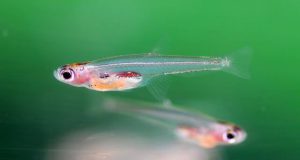Oceanworld Explorer Notebook
Leabhrán Taiscéalaí Mara
Want to learn more about the incredible creatures you met at Dingle Aquarium?
The Oceanworld Explorer Notebook is now available to read online!
Download below & print to complete the 28 pages of fun & educational activities,
suitable for a variety of ages. Physical copies are also available for €1 at Oceanworld.
The biggest fish
The largest fish in the world is the whale shark/ míolsiorc. The average size of adult whale sharks is estimated at 9.8m (32 feet) and 9 tons (20,000 lb), but the largest confirmed individual a length of 12.65 m (41.5 feet) and weighed about 21.5 tons (47,000 lb)


The smallest fish
An t-iasc is lú ar domhain
The smallest fish is the Paedocypris progenetica and was only discovered in the last decade. It is a member of the carp family and lives in forest swamps on the Indonesian island of Sumatra. Mature females measure just 7.9 millimetres!
Do fish sleep?
An gcodlaíonn iasc?
Yes! However, it is not exactly the same as how humans sleep. There are some obvious differences; fish don’t lie down, tuck themselves into bed and close their eye lids! In fact, only shark species have eyelids and they use them to protect their eyes when they have close encounters with other fish. Others differences are less easy to spot, like the fact that fish never go into REM sleep and some shark species have to keep swimming while they sleep, as they need constant water flow over their gills to breathe. But the general idea is the same as in humans, sleep is a period when activity and metabolism slow way down as a way to conserve energy and restore the body. So how do you spot a sleeping fish? Depends on the fish species, but it just looks like the fish is daydreaming. Some fish sleep in coral, others sleep close to the bottom and some nestle into sand. Depends on each fish and each habitat!
